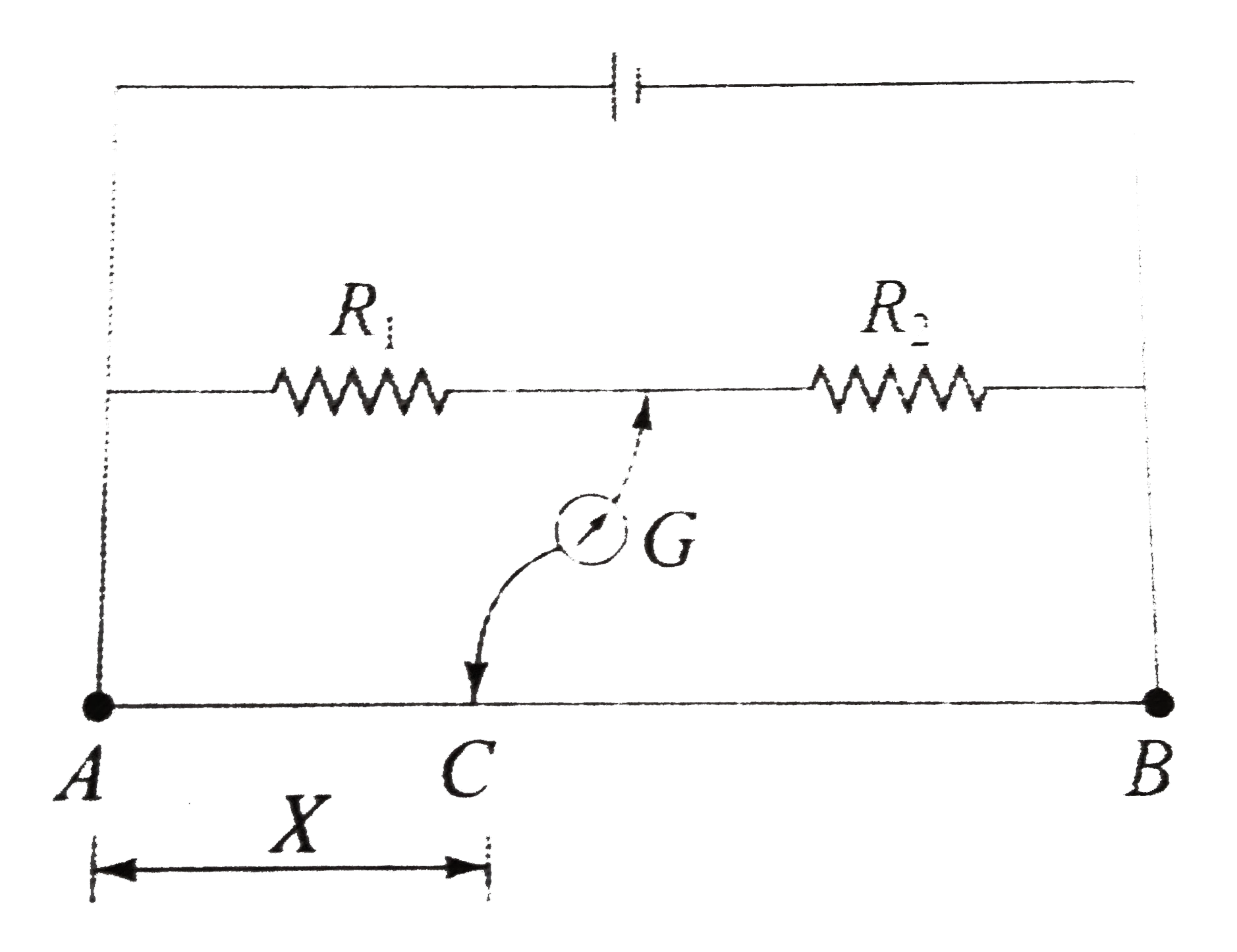Statement I: Dust particles generally settle down in a closed room.
Statement II: The terminal velocity is inversely proportional to the square of their radii.
Statement I is true, statement II is true and Statement II is a correct explanation for Statement I.
Statement I is true, Statement II is true and Statement II is NOT the correct explanation for Statement I.
Statement I is true, Statement II is false.
Statement I is false, Statement II is true.
The correct Answer is:C
Since the particles of dust are like spheres of very small radii and when it acquires the terminal velocity they begin through air. As from the definition, the terminal velocity of dust particles is directly proportional to the square of its radii. Thus, the terminal velocity of dust particle is very small and so they settle down in a closed room after some time.
Topper's Solved these Questions
- BOOK - CENGAGE PHYSICSCHAPTER - PROPERTIES OF SOLIDS AND FLUIDSEXERCISE - Linked Comprehension30videos
PROPERTIES OF SOLIDS AND FLUIDS
- BOOK - CENGAGE PHYSICSCHAPTER - PROPERTIES OF SOLIDS AND FLUIDSEXERCISE - Integer6videos
PROPERTIES OF SOLIDS AND FLUIDS
- BOOK - CENGAGE PHYSICSCHAPTER - PROPERTIES OF SOLIDS AND FLUIDSEXERCISE - Multiple Correct17videos
PROPERTIES OF SOLIDS AND FLUIDS
- BOOK - CENGAGE PHYSICSCHAPTER - NEWTON'S LAWS OF MOTION 2EXERCISE - Integer type1videos
NEWTON'S LAWS OF MOTION 2
- BOOK - CENGAGE PHYSICSCHAPTER - RIGID BODY DYNAMICS 1EXERCISE - Integer11videos
RIGID BODY DYNAMICS 1
Similar Questions
Why dust generally sttles down in a closed room?
View SolutionSelect the wrong statements from the following
(1) The orbital velocity of a statellite increases with the radius of the orbit
(2) Escape velocity of a particle from the surface of the earth depends on the speed with which it is fired
(3) The time period of a satellight does not depend on the radius of the orbit
(4) The orbital velocity is inversely proportional to the square root of the radius of the orbitView Solution
Knowledge Check
- Question 1 - Select One
Statement I: The acceleration due to gravity decreases with increase in height from the surface of the Earth.
Statement II: The acceleration due to gravity is inversely proportional to the square of the distance from the centre of the Earth.AA. Both statements 1 & 2 are individually correct and statement 2 is correct explaination of statement1.BBoth statements 1 & 2 are individually correct and staetement 2 is not correct explanation of statement 1.CStatement 1 is true but statement 2 is false.DStatement 1 is false but statement 2 is true. - Question 2 - Select One
Statement I: In the meter bridge experiment shown in figure, the balance length AC corresponding to null deflection of the galvanometer is x. If the radius of the wire AB is doubled, the balanced length becomes 4x.
Statement II: The resistance of a wire is inversely proportional to the square of its radius.
 AStatement I is true, Statement II is True, Statement II is a correct explanation for Statement I.BStatement I is True, Statement II is True, Statement II is not a correct explanation for Statement I.CStatement I is True, Statement II is False.DStatement I is False, Statement II is True.
AStatement I is true, Statement II is True, Statement II is a correct explanation for Statement I.BStatement I is True, Statement II is True, Statement II is not a correct explanation for Statement I.CStatement I is True, Statement II is False.DStatement I is False, Statement II is True. - Question 3 - Select One
Statement I: If the amplitude of a simple harmonic oscillator is doubled, its total energy becomes four times.
Statement II: The total energy is directly proportional to the square of the smplitude of vibration of the harmonic oscillator.AStatement I is true statement II is true, Statement II is a correct explanation for Statement I.BStatement I is true statement II is true, Statement II is NOT a correct explanation for Statement I.CStatement I is true, Statement II is falseDStatement I is false, Statement II is true
Choose the wrong statements about the centre of mass (CM) of a system of two particles
The CM lies on the line joining the two particles midway between them
The CM lies on the line joining them at a point whose distance from each particle is proportional to the square of the mass of that particle
The CM is on the line joining them at a point whose distance from each particle is proportional to the mass of that particl
The CM lies on the line joining them at a point whose distance from each particle is inversely proportional to the mass of that particleView SolutionStatement-1 : The velocity of sound in a gas is not affected by changes in pressure provided temperature of gas remains constant.
Statement-2 : This is because velocity of sound is inversely proportional to square root of density of the gas.View SolutionStatement I : If the current of a lamp increases by 20%, the percentage increases in the illlumination of the lamp is 40%.
Statement II : Illumination of the lamp is directly proportional to the square of the current through the lamp.View SolutionStatement I: As radius of soap bubble increases, the insude pressure increases.
Statement II: Excess pressure in soap bubble is inversely propotional to radius.View SolutionStatement I : Photo-electric effect demonstrates particle nature of light.
Statement II : Number of photons is proportional to frequency of photons.View Solution

